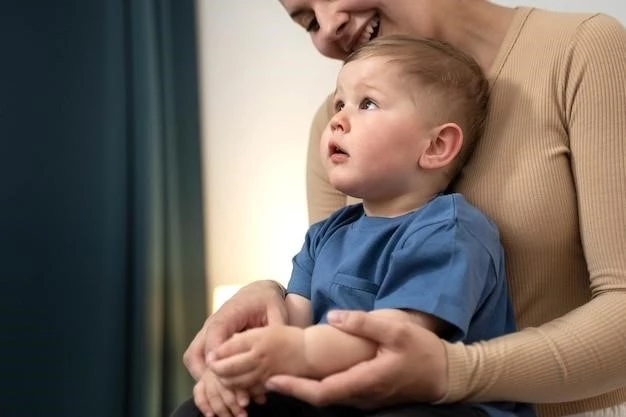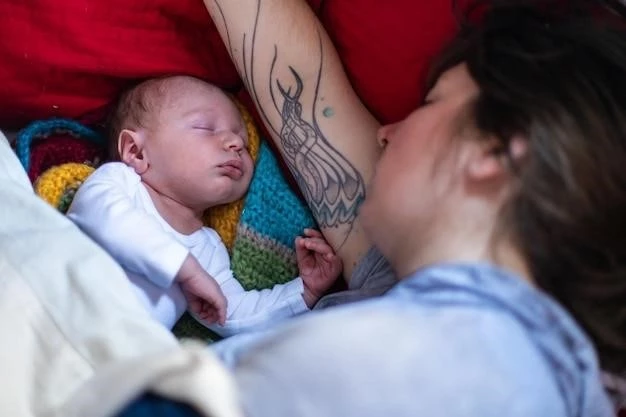Introduction
Overview of Merlob–Grunebaum–Reisner syndrome⁚ A rare genetic disorder with distinctive physical features and radiological findings in newborns. Autosomal dominant inheritance and ongoing research highlight the complexity of this syndrome.
Overview of Merlob–Grunebaum–Reisner syndrome
Merlob–Grunebaum–Reisner syndrome is a rare genetic disorder characterized by distinctive craniofacial features, limb malformations, and advanced bone age in newborns. It is inherited in an autosomal dominant pattern. Ongoing research aims to deepen our understanding of the syndrome’s complexities and potential treatments. Collaborative efforts between neonatology and pediatric radiology departments play a crucial role in diagnosing and managing this syndrome.
Clinical Features
Distinctive physical characteristics include craniofacial dysmorphism, limb malformations like polydactyly, and advanced bone age. Radiological findings reveal unique features in newborns with this syndrome.
Distinctive physical characteristics
The Merlob-Grunebaum-Reisner syndrome is characterized by distinctive craniofacial dysmorphism, limb malformations like polydactyly and syndactyly, and an advanced bone age; Specific radiological findings include unique skeletal features such as opposable triphalangeal thumbs and big toe duplication. Understanding these physical traits aids in the diagnostic process for this complex genetic disorder.
Radiological findings in newborns
Radiological examinations of newborns with Merlob-Grunebaum-Reisner syndrome reveal advanced bone age, an unusual iliac bone shape, and supernumerary prehallux toes. Additionally, postaxial polydactyly of hands, preaxial polydactyly of feet, and craniofacial dysmorphism are visible. Understanding these radiographic manifestations is critical for accurate diagnosis and management of this complex genetic disorder.

Genetic Inheritance
Merlob-Grunebaum-Reisner syndrome is linked to autosomal dominant inheritance with marked penetrance, emphasizing familial patterns. Understanding these inheritance dynamics is crucial for diagnosis and management.
Autosomal dominant inheritance
The Merlob-Grunebaum-Reisner syndrome exhibits autosomal dominant inheritance, showcasing marked penetrance with familial patterns. The syndrome includes unique manifestations like familial opposable triphalangeal thumbs, emphasizing the hereditary nature of this condition.

Diagnostic Approach
Key diagnostic methods include assessing craniofacial dysmorphism, limb malformations like polydactyly, and advanced bone age. Radiological findings play a crucial role in diagnosing Merlob-Grunebaum-Reisner syndrome.
Key diagnostic methods
Diagnosing Merlob-Grunebaum-Reisner syndrome involves evaluating craniofacial dysmorphism, limb malformations like polydactyly, and advanced bone age. Utilizing radiological findings is essential for a comprehensive diagnostic approach to this complex genetic disorder.
Management and Treatment
Current approaches to managing Merlob-Grunebaum-Reisner syndrome involve a multidisciplinary team to address the complex physical and genetic aspects of the syndrome. Stay informed about the latest advancements in research and treatments.
Current approaches to managing the syndrome
The management of Merlob-Grunebaum-Reisner syndrome involves a multidisciplinary approach, addressing the complex physical and genetic aspects. Collaborative efforts among various medical specialties are essential to provide comprehensive care and support to individuals with this rare genetic disorder. Staying updated on the latest research and treatment options is crucial for healthcare professionals and families dealing with this condition.
Associated Conditions
Relation to other genetic disorders like Holt-Oram syndrome and Fanconi anemia may present with similar limb malformations. Stay aware of potential overlapping symptoms in related genetic conditions.
Relation to other genetic disorders
Merlob-Grunebaum-Reisner syndrome shares similarities with conditions like Holt-Oram syndrome and Fanconi anemia due to autosomal dominant inheritance. Recognizing overlapping symptoms in related genetic disorders aids in accurate diagnosis and appropriate management strategies for individuals with these conditions.
Research and Future Directions
Ongoing studies and potential advancements in understanding Merlob-Grunebaum-Reisner syndrome aim to enhance diagnosis precision and develop innovative treatment modalities. Stay informed about research progress in managing this complex genetic disorder.
Ongoing studies and potential advancements in understanding the syndrome
Recent studies have focused on the advanced bone age, unusual iliac bone shape, and supernumerary prehallux toes as key radiological findings in Merlob-Grunebaum-Reisner syndrome. Researchers aim to further explore the relationship between other genetic disorders like Holt-Oram syndrome and Fanconi anemia to enhance diagnostic accuracy and treatment outcomes for affected individuals.
